
Photo: Georgejmclittle / Shutterstock
This post may contain affiliate links. If you make a purchase, My Modern Met may earn an affiliate commission. Please read our disclosure for more info.
For creatives, there’s nothing more important than your portfolio. A good portfolio can help you snag the clients you are after and attract the attention of professionals that can advance your career. It’s a constant that needs care throughout the duration of your career, and should be something you spend a good amount of time crafting.
Why? For starters, a portfolio is your visual calling card, one that lets the world know what you have accomplished and what you are capable of. While these days we’re mainly talking about online portfolios that live on your website, some creatives will also find it useful to print custom portfolios for specific client pitches or trade shows.
Whether online or in print, how you create a portfolio remains the same. It’s important to remember that the best portfolios are constantly evolving and that you may not get it right the first time. A keen critical eye and good editing will help achieve the results you are looking for. So how do you create the perfect portfolio? Once you know your niche and the brand you want to cultivate, get started by sharing your work with the world and attracting the clients you deserve.
Looking to create the perfect portfolio? Here are 5 tips to get you started.
Only include your best work
Use a critical eye when deciding what to include in your portfolio. Here, quality over quantity is key, so stray away from feeling like you need to include everything you’ve ever created. Think of yourself as a curator or storyteller narrating your artistry. You also want to attract your ideal clients, so keep this in mind when selecting your work. For instance, if you want to make a name for yourself as a photojournalist, it doesn’t make sense to place wedding photos you did as a favor to a friend in your portfolio. You’ll also want to make sure the work is fresh and up to date. Potential clients want to see new work, so constantly update and edit as you move forward in your career.
Show your versatility
Make sure you mix up your presentation so the full range of your capabilities is on display. This may include using personal projects or experimental work that can help you net the type of client you’ve always dreamed of. If all of the work in your portfolio appears too similar, clients may feel that your creativity is limited and that you’re beholden to just one type of project or aesthetic.
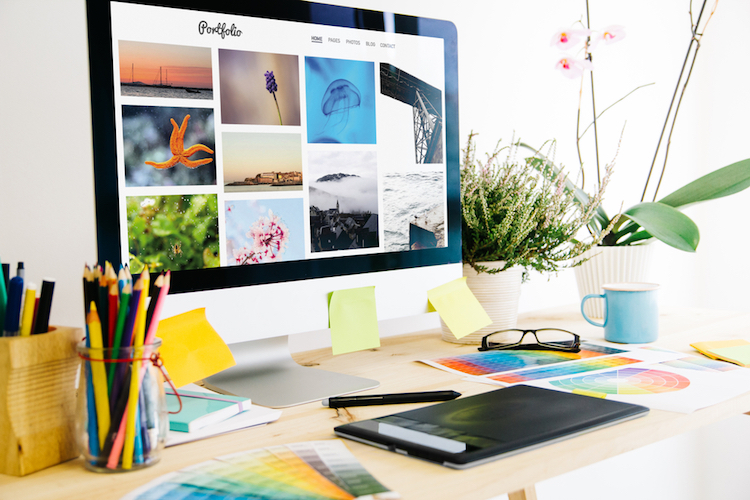
Photo: Georgejmclittle / Shutterstock
Look at the big picture
It’s easy to get caught up in looking at your portfolio, image by image, but it’s critical that you also take a macro view of the work. This will help you realize if you aren’t showing the best overall variety and if the work presented fits into the brand identity you are creating. Use a critical eye and ask yourself, Does this work represent the artist that I am and the artist I want to be? You’ll also want to think about the flow of the portfolio and how the ordering of your work looks to potential viewers, as well as whether or not the projects are clear on their own or could be improved by adding short text explanations.
Use high-resolution images
There’s nothing worse than seeing low-resolution, poorly lit photos in a portfolio. All the hard work you put into your creations goes by the wayside if they are not presented properly. And, with the possibility of taking high-quality photos even with a cell phone, today there’s no excuse. If you aren’t comfortable with lighting, use natural light when possible to let all the details of your work shine. Also, don’t be afraid to include close-ups of your creations so that people can really get a feel for the work even on a computer screen.
Solicit opinions
Creative work can be highly personal, and it’s often difficult to separate oneself and be objective. That’s why you should solicit opinions, and not just from friends and family who may not tell you the honest truth. Mentors, former colleagues, and trusted clients can all give great insight into how your portfolio works for them. Perhaps they’ll remember a great project you’ve overlooked or encourage you to take more chances with what you’ve included. An outside eye is a great way to get a feel for how your portfolio will be received before putting it out into the world.

Photo: Georgejmclittle / Shutterstock
Want additional help creating your online portfolio? Try these online classes.
- Create a Knockout Graphic Design Portfolio
- Create an Online Portfolio
- Professional Portfolio Presentation
Looking for the perfect portfolio layout? Here are some suggested WordPress themes to help you get started.
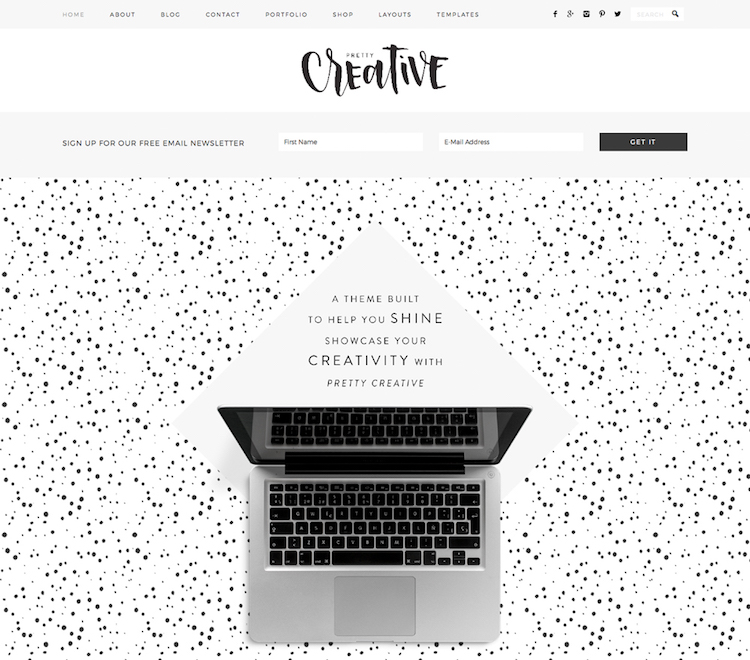
Pretty Creative Pro Theme | $129.95
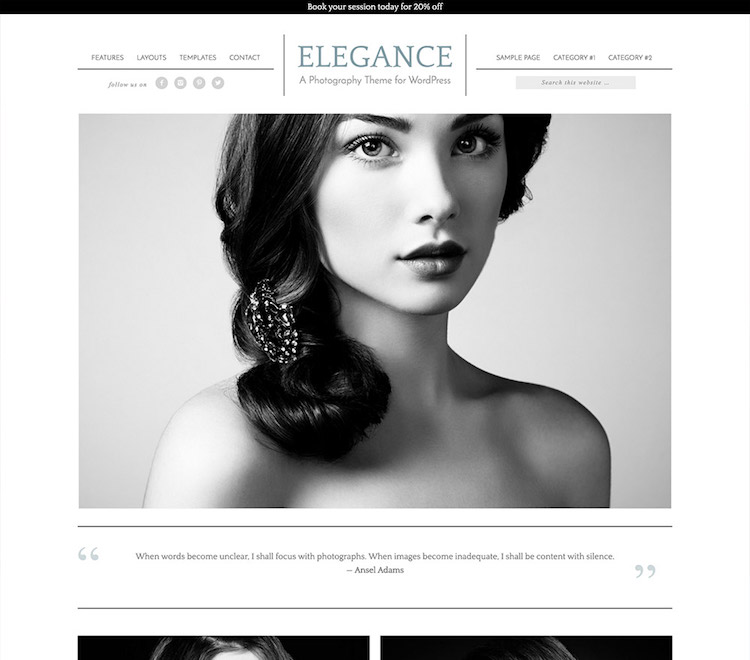
Elegance Pro Theme | $129.95
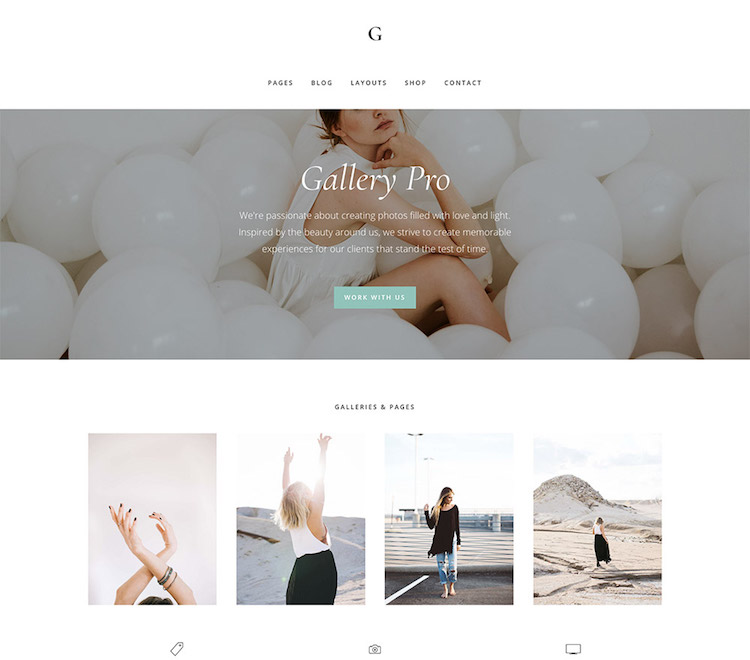
Gallery Pro Theme | $129.95
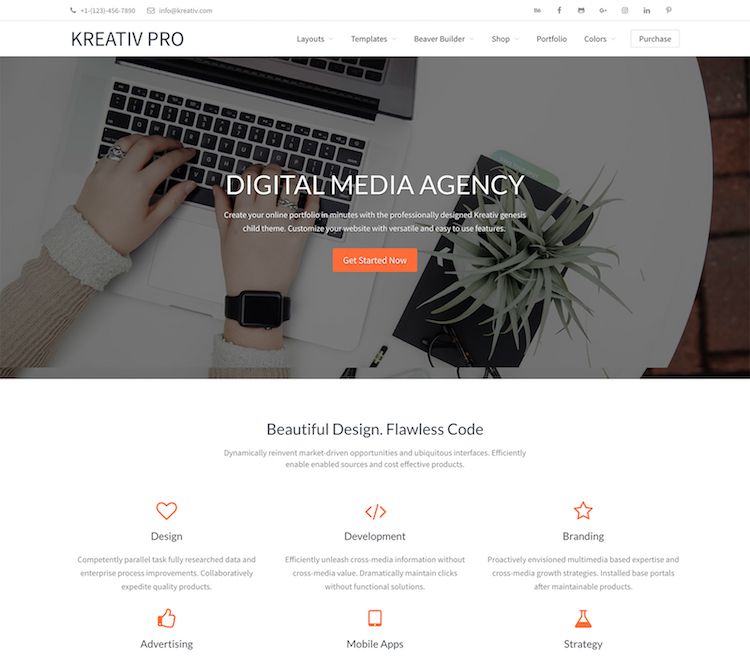
Kreativ Pro Theme | $129.95
Related Articles:
How to Create a Blog on WordPress in Three Easy Steps
6 Reasons Why Every Artist Should Have Their Own Blog
Why Every Creative Needs a Business Plan (and How to Start Writing One Today)
